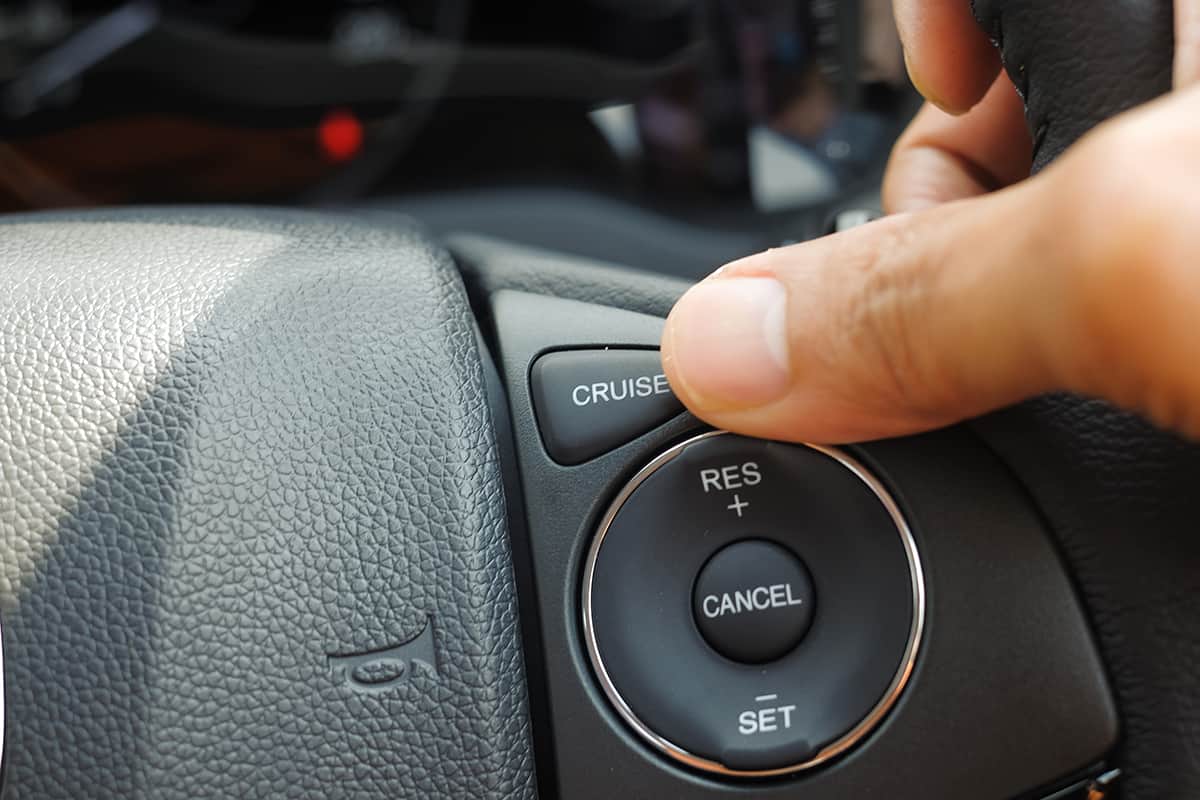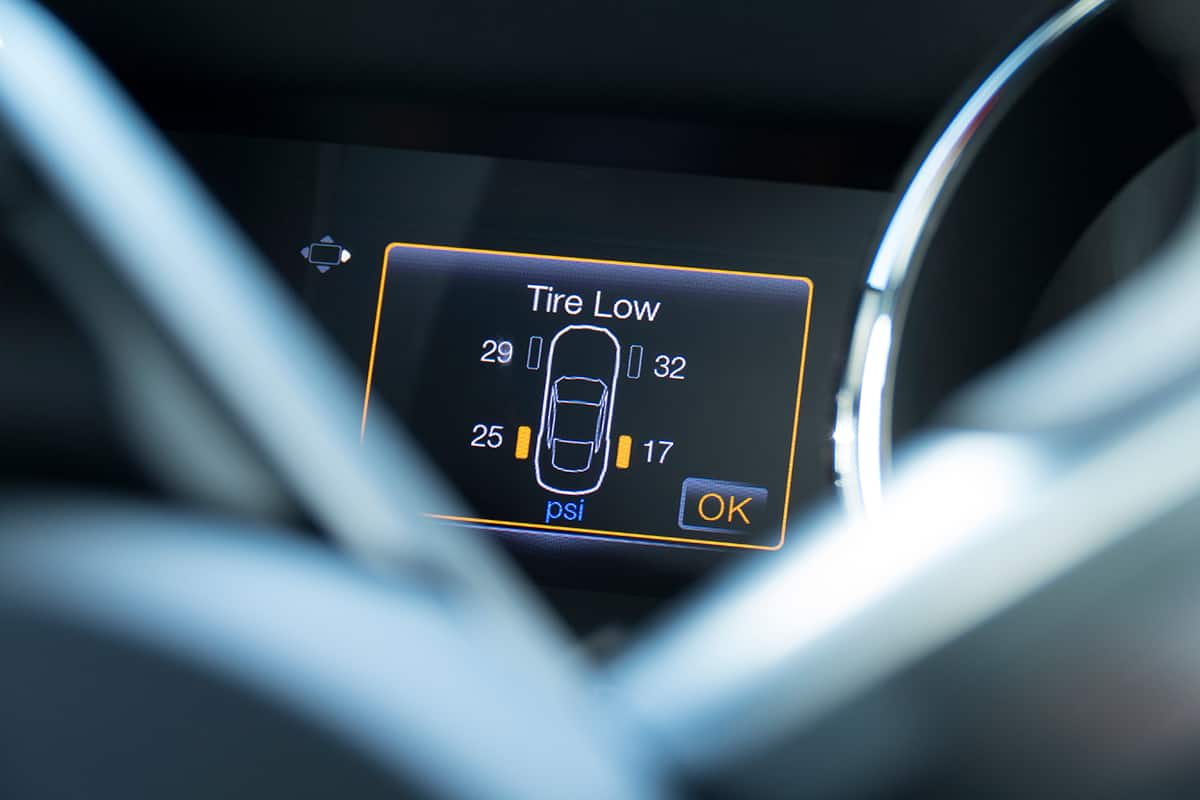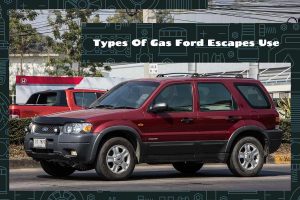Every car owner dreams of driving down the highway without stopping for fuel. The problem is that cars still use gas to operate. And to make matters confusing, each car make and model has a different MPG (miles per gallon) rating! So, how many miles can you drive on a single gallon of gas?
The US Department of Energy noted that the average car could travel 24.2 miles per gallon (MPG) of gas. Light trucks and vans are significantly less fuel-efficient, with just 17.5 MPG. The exact figures vary between vehicle types, as well as makes and models.
In this guide, I’m going to describe the importance of gauging fuel economy when purchasing a car, the estimated MPG figures for popular cars by brand, and what you can do to improve your vehicle’s fuel efficiency.
Importance of Fuel Economy When Purchasing a Car
Fuel economy is an important consideration when purchasing a car, as it can significantly impact your cost of ownership. By choosing a car with good fuel economy, you can reduce your fuel expenses and save money in the long run.
Additionally, cars with better fuel economy emit fewer pollutants (PDF), which helps to reduce their overall impact on the environment. Fuel economy can also play a role in a car’s resale value, as vehicles that are known for their efficiency tend to retain their value better over time.
When considering fuel economy, it is important to take a holistic approach and look at the car’s overall operating costs, including maintenance, insurance, and depreciation. While a car with better fuel economy may have a higher upfront cost, the savings in fuel costs over time can offset this difference. Furthermore, with advances in technology, today’s cars offer better fuel economy than ever before, making it easier to find a car that meets your needs while also being kinder to your wallet and the environment.
Ultimately, the importance of fuel economy when purchasing a car will vary based on your individual driving needs, preferences, and budget. By considering fuel economy as one of many factors, you can make an informed decision that best meets your needs and helps you achieve your driving goals.
How Many Miles Per Gallon of Gas?
On average, you can expect a car to cover a distance of 24.2 miles on a single gallon of gas. If you drive a light truck or van, this figure drops to around 17.5 gallons. Of course, the exact figures will depend on the type of car you drive and your driving behavior.
To get a better understanding of how many miles the average car can travel per gallon of fuel, let’s take a look at specific car and truck examples. All of the figures were taken from the US Department of Energy’s extremely comprehensive report of fuel economy for cars. Visit the website if you’d like to learn more about specific car makes, models, and years.
1. Audi
| Model | City MPG | Highway MPG | Estimated Combined MPG |
| R8 Coupe | 19 | 13 | 15 |
| TT Roadster | 23 | 30 | 26 |
| A5 Coupe | 24 | 31 | 27 |
| RS 5 Coupe | 18 | 25 | 21 |
| A4 S-Line | 24 | 31 | 27 |
| A5 Sportback | 24 | 31 | 27 |
| Q5 Sportback | 23 | 28 | 25 |
| Q7 Quattro | 18 | 23 | 20 |
| A6 Allroad | 21 | 28 | 23 |
2. Chrysler
| Model | City MPG | Highway MPG | Estimated Combined MPG |
| Pacifica | 19 | 28 | 22 |
| Voyager | 19 | 28 | 22 |
| 300 | 19 | 30 | 23 |
3. Dodge
| Model | City MPG | Highway MPG | Estimated Combined MPG |
| Durango | 14 | 22 | 17 |
| Challenger | 19 | 30 | 23 |
| Charger | 19 | 30 | 23 |
4. Ford
| Model | City MPG | Highway MPG | Estimated Combined MPG |
| Maverick | 23 | 30 | 26 |
| Edge | 21 | 28 | 23 |
| Escape | 44 | 37 | 41 |
| Bronco | 25 | 28 | 26 |
| Explorer | 18 | 26 | 21 |
| F150 | 20 | 26 | 22 |
| Ranger | 21 | 26 | 23 |
| Mustang | 20 | 27 | 22 |
| EcoSport | 23 | 29 | 25 |
| Expedition | 16 | 23 | 19 |
5. Honda
| Model | City MPG | Highway MPG | Estimated Combined MPG |
| Odyssey | 19 | 28 | 22 |
| Insight | 51 | 45 | 48 |
| Civic | 33 | 42 | 36 |
| HR-V | 27 | 31 | 29 |
| Pilot | 20 | 27 | 23 |
| Ridgeline | 18 | 24 | 21 |
| CR-V | 28 | 34 | 30 |
| Civic | 31 | 39 | 35 |
| Accord | 22 | 32 | 26 |
| Passport | 20 | 25 | 22 |
6. Hyundai
| Model | City MPG | Highway MPG | Estimated Combined MPG |
| Tucson | 26 | 33 | 29 |
| Kona | 29 | 35 | 32 |
| Veloster | 20 | 27 | 22 |
| Sonata | 45 | 51 | 47 |
| Palisade | 19 | 26 | 22 |
| Elantra | 31 | 41 | 35 |
| Santa Cruz | 21 | 26 | 23 |
| Santa Fe | 25 | 28 | 26 |
| Accent | 33 | 41 | 36 |
| Venue | 29 | 33 | 31 |
| Ioniq | 54 | 57 | 55 |
7. Kia
| Model | City MPG | Highway MPG | Estimated Combined MPG |
| Stinger | 21 | 29 | 24 |
| Carnival | 19 | 26 | 22 |
| Sportage | 20 | 28 | 23 |
| Seltos | 29 | 35 | 31 |
| K5 | 29 | 38 | 32 |
| Soul | 28 | 33 | 30 |
| Telluride | 20 | 26 | 23 |
| Niro | 51 | 45 | 49 |
| Sorento | 39 | 35 | 37 |
| Forte | 22 | 31 | 26 |
| Rio | 33 | 41 | 36 |
8. Mazda
| Model | City MPG | Highway MPG | Estimated Combined MPG |
| CX-9 | 20 | 26 | 23 |
| CX-5 | 24 | 30 | 26 |
| MX-5 | 26 | 34 | 29 |
| Mazda 3 | 28 | 36 | 31 |
| CX-30 | 24 | 31 | 26 |
9. Mitsubishi
| Model | City MPG | Highway MPG | Estimated Combined MPG |
| Eclipse | 25 | 28 | 26 |
| Outlander | 24 | 31 | 27 |
| Mirage | 33 | 41 | 36 |
10. Nissan
| Model | City MPG | Highway MPG | Estimated Combined MPG |
| Pathfinder | 21 | 26 | 23 |
| Armada | 14 | 19 | 16 |
| Frontier | 18 | 24 | 20 |
| Altima | 28 | 39 | 32 |
| Maxima | 20 | 30 | 24 |
| Murano | 20 | 28 | 23 |
| Versa | 32 | 40 | 35 |
| Sentra | 29 | 39 | 33 |
| Rogue | 29 | 36 | 32 |
| Kicks | 31 | 36 | 33 |
| Titan | 16 | 21 | 18 |
11. Subaru
| Model | City MPG | Highway MPG | Estimated Combined MPG |
| Legacy | 27 | 35 | 30 |
| Outback | 26 | 33 | 29 |
| Impreza | 23 | 31 | 26 |
| Ascent | 21 | 27 | 23 |
| BRZ | 20 | 27 | 22 |
| Forester | 26 | 33 | 29 |
| Crosstrek | 22 | 29 | 25 |
| WRX | 19 | 26 | 22 |
12. Toyota
| Model | City MPG | Highway MPG | Estimated Combined MPG |
| Corolla | 30 | 38 | 33 |
| Prius | 54 | 50 | 52 |
| GR Supra | 25 | 32 | 28 |
| Camry | 22 | 33 | 26 |
| Sequoia | 13 | 17 | 15 |
| Avalon | 22 | 32 | 26 |
| 4Runner | 16 | 19 | 17 |
| Tacoma | 19 | 24 | 21 |
| GR 86 | 21 | 31 | 25 |
| Highlander | 21 | 29 | 24 |
| Venza | 40 | 37 | 39 |
| Tundra | 18 | 23 | 20 |
| C-HR | 27 | 31 | 29 |
| RAV4 | 27 | 35 | 30 |
13. Volvo
| Model | City MPG | Highway MPG | Estimated Combined MPG |
| S60 | 26 | 35 | 30 |
| S90 | 23 | 31 | 26 |
| V60CC T5 | 22 | 31 | 25 |
| XC40 T4 | 23 | 32 | 26 |
| XC90 T5 | 20 | 28 | 23 |
| SXC60 B5 | 23 | 30 | 26 |
Tips for Improving Fuel Economy
Take a look at the following tips to see how you can improve your car’s fuel economy.
1. Drive at a consistent speed
This reduces engine stress and allows the car’s fuel-saving technologies to work more efficiently. Sudden acceleration and heavy braking can disrupt the flow of fuel to the engine and increase fuel consumption. Maintaining a consistent speed helps the engine run more smoothly, reducing the fuel required to maintain a given speed and improving fuel efficiency.
2. Use cruise control

Cruise control can improve fuel economy by helping you maintain a consistent speed and reducing the need for sudden acceleration and heavy braking. This reduces engine stress and allows the car’s fuel-saving technologies to work more efficiently. By keeping the car’s speed constant, cruise control can also help you drive more smoothly and reduce fuel consumption, improving your overall fuel economy.
3. Shed unnecessary weight
This is simple math—the less weight your car needs to bear, the less strain there is on the engine, and the farther your car can travel per gallon of gas. By removing excess weight, such as heavy tools, sports equipment, and unused cargo, you can reduce the load on the engine and improve fuel efficiency. This simple step can help you save fuel and reduce your environmental impact.
4. Maintain proper tire pressure

Proper tire pressure can improve fuel economy by reducing rolling resistance, which is the force that opposes a tire’s motion. Under-inflated tires increase rolling resistance, making it harder for the engine to move the car and requiring more fuel to maintain a given speed. By maintaining proper tire pressure, you can reduce rolling resistance, improve fuel efficiency, and extend the life of your tires.




